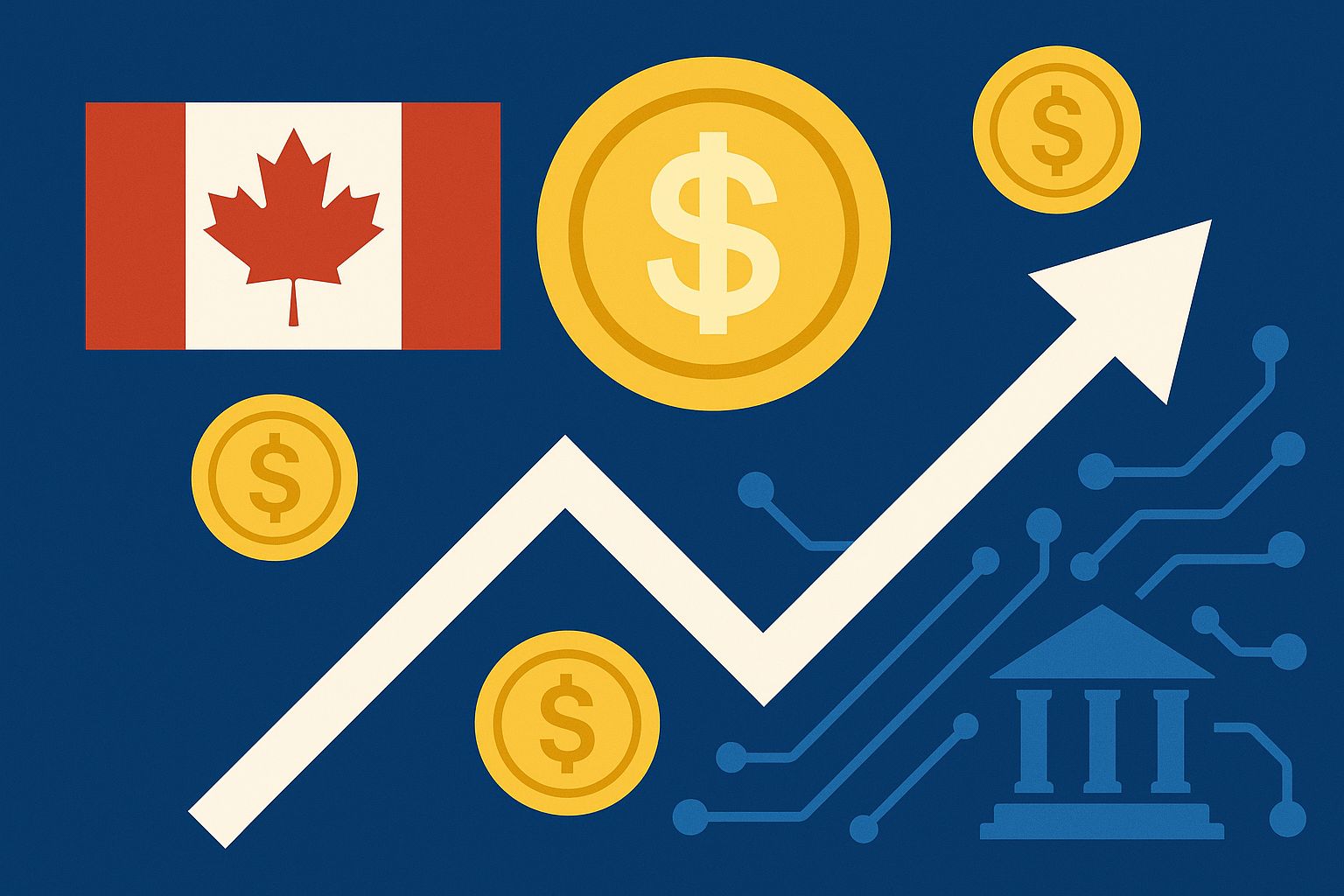Iranian bank crisis underscores Bitcoin’s role as financial hedge
Iran’s financial system just suffered one of its most dramatic implosions in years. The country’s Central Bank declared Ayandeh bank, one of its largest private lenders, bankrupt and its assets were absorbed by the state.
Founded in 2012 with over 270 branches nationwide, Ayandeh bank had accumulated $5.2 billion in losses and nearly $3 billion in debt, according to Asharq Al‑Awsat. The state‑owned Melli Bank has now absorbed its assets, promising depositors their savings are “secure.” But Iranians have learned to temper such assurances.
According to Reuters, Iran’s economy is now teetering under simultaneous hyperinflation and severe recession, squeezed further by a snapback of U.N. sanctions and a collapsing rial. Lines quickly formed outside shuttered Ayandeh branches in Tehran, echoing scenes from past crises.
For ordinary Iranians, the real fear isn’t corporate losses, it’s access. Insured deposits in Iran are capped at just 1 billion rials (roughly $930) and payout processes can take years. Those holding more may never see their money again.
A familiar story of fragility
Iran isn’t alone. Around the globe, central banks have stepped in to cushion financial chaos, often too late for depositors caught in the wrong institutions. In the United States, the shock failures of Silicon Valley Bank, Signature Bank, and First Republic Bank in 2023 became the biggest cluster of collapses since 2008. Even as the FDIC and Treasury guaranteed deposits, thousands of startups, small businesses, and uninsured clients were left scrambling.
According to a Morningstar report published in October 2025, U.S. regional banks continue to show growing signs of financial stress, even after boosting reserves and shoring up deposits following the 2023 banking crisis. Delinquencies and loan defaults are rising amid persistent inflation, elevated borrowing costs, and losses tied to lower‑income borrowers.
Although balance sheets are stronger on paper, confidence remains fragile. Market volatility this quarter pushed bank stocks lower before a partial recovery on better‑than‑expected earnings. Analysts now expect a new wave of regional bank mergers and acquisitions as larger players move to absorb weaker rivals.
The Ayandeh bank collapse follows years of poor governance and opaque loans to politically connected projects, including the debt‑ridden Iran Mall mega‑complex. More than 90% of the bank’s funds reportedly went to affiliated companies that never repaid.
Ayandeh bank makes the case for seizure‑proof money
What makes these crises rhyme isn’t the geography or ideology; it’s the fragility of trust. Whether in Tehran or San Francisco, savers face counterparty risk every time they deposit funds into a system dependent on state rescue.
Bitcoin flips the script completely. It doesn’t ask you to trust a central authority because there isn’t one. There’s no bank to freeze your funds, and no government to quietly inflate your savings away. It operates beyond borders and politics, moving freely where traditional finance cannot. When banks fail, the promises behind your account balances vanish overnight. But when you hold Bitcoin yourself, there’s no counterparty, just math. And math, unlike governments or banks, doesn’t break its word.
The Ayandeh bank collapse isn’t a local tragedy; it’s a global warning. Bank failures, capital controls, and confiscations eventually follow financial repression, wherever it arises. For millions watching savings vaporize through no fault of their own, Bitcoin isn’t speculation anymore. It’s insurance against the system itself.
The post Iranian bank crisis underscores Bitcoin’s role as financial hedge appeared first on CryptoSlate.
Disclaimer: The content of this article solely reflects the author's opinion and does not represent the platform in any capacity. This article is not intended to serve as a reference for making investment decisions.
You may also like
MOVA's Debut Confirms the Existence of a Regulatory-Compliant and Scalable DeFi Framework
- MovaChain (MOVA) token surged 370% on November 5, 2025, reflecting strong market confidence in its DeFi infrastructure. - The platform's modular blockchain achieves 110,547 TPS and sub-1.5-second finality, supporting institutional-grade financial applications. - A $100M funding round led by Aqua1 and GeoNova Capital fuels global node deployment and cross-border settlement development. - MOVA plans to integrate regional settlement networks and expand USD1-based trading, emphasizing compliant, sustainable

BCH Value Drops by 0.13% as Broader Downward Trend Persists Over the Past Week and Month
- Bitcoin Cash (BCH) fell 0.13% in 24 hours, with 10.39% drops over 7 days and 30 days, contrasting a 10.36% annual gain. - Analysts warn of prolonged bearish pressure but note the decline reflects cyclical adjustments rather than structural issues. - Technical indicators show range-bound trading, with the 200-day moving average acting as key support amid flat RSI readings. - Absence of regulatory risks or major news suggests broader market sentiment, not fundamentals, drives BCH's volatility.
Breaking News|U.S.October ADP Employment Change
Canada pivots to stablecoins as cornerstone of its digital payments reform

